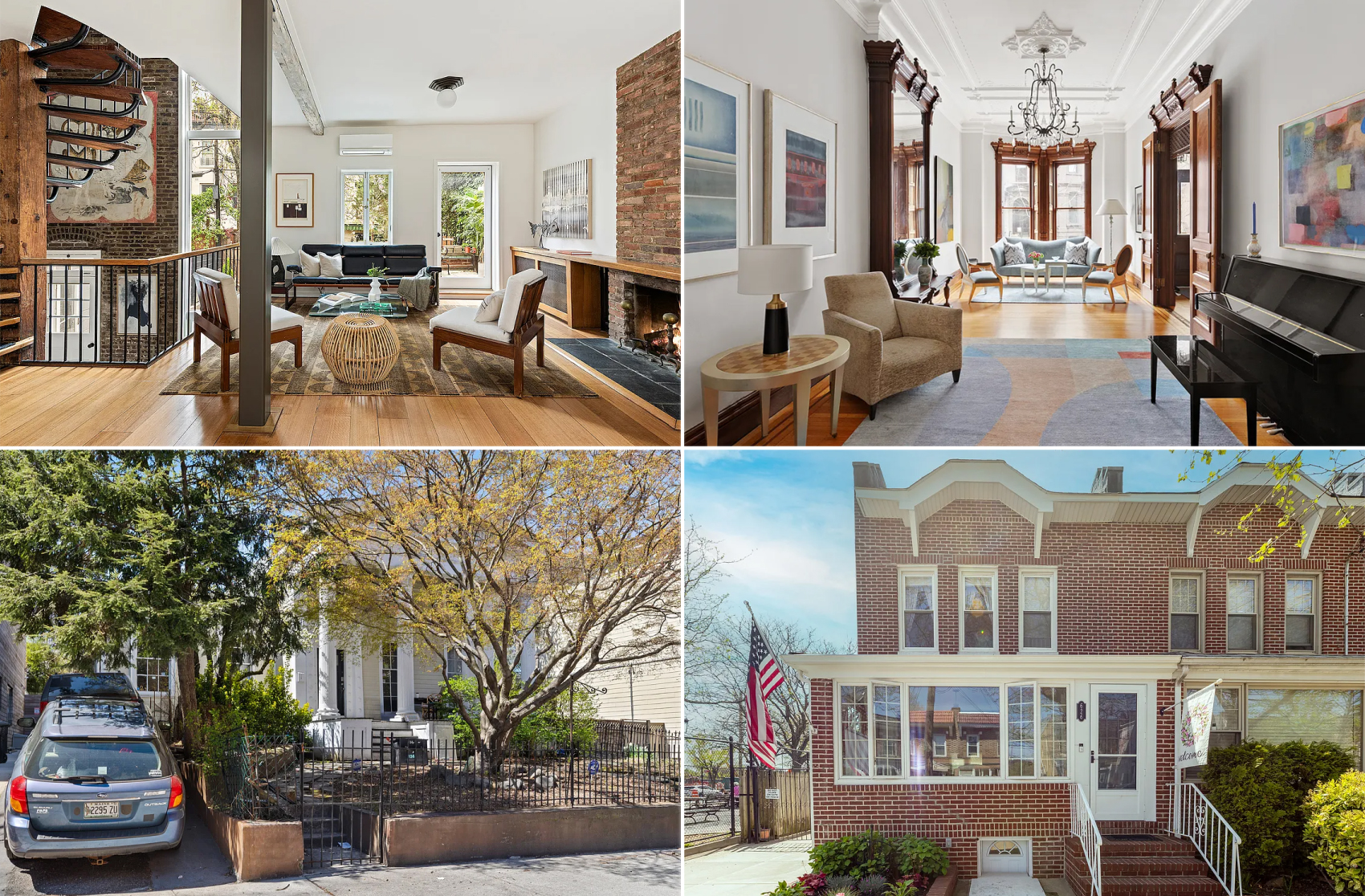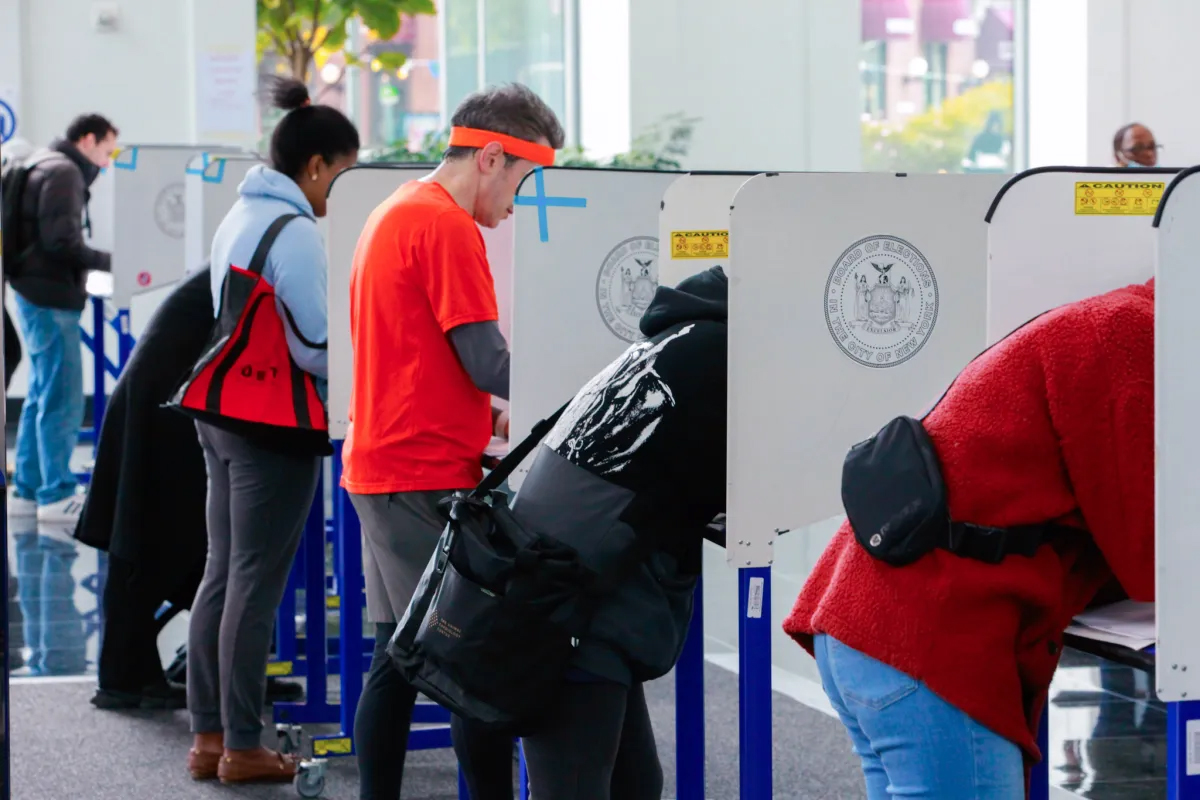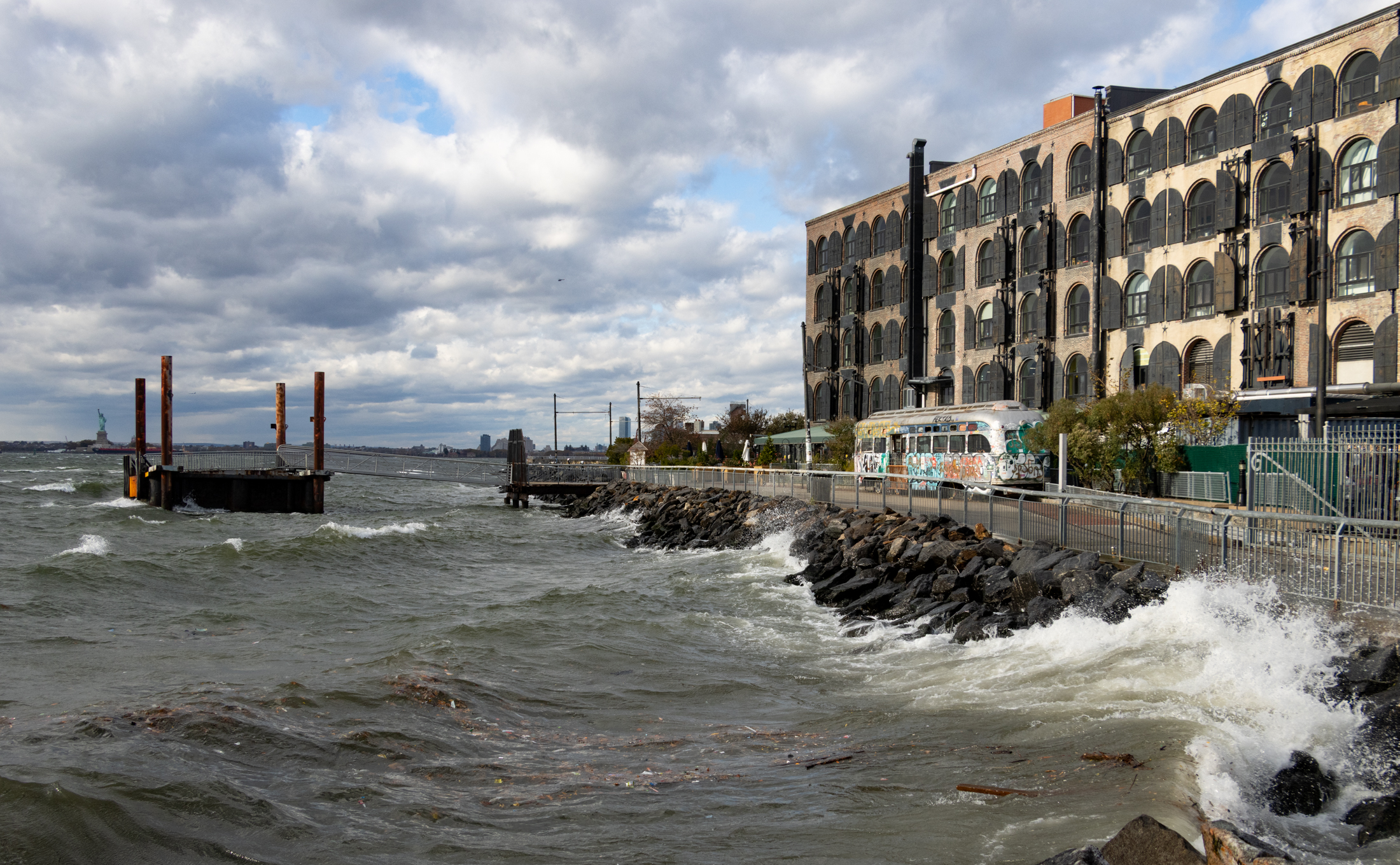Meet the First Completed Passive House in NYC
WNYC has an in-depth profile of what went into making 174 Grand Street in Williamsburg the first completed building in the city constructed to energy-efficient Passive House standards. The apartment building has a seven-inch layer of foam insulation that designers from the firm Loadingdock5 determined was necessary by using “special software that starts with climate…


WNYC has an in-depth profile of what went into making 174 Grand Street in Williamsburg the first completed building in the city constructed to energy-efficient Passive House standards. The apartment building has a seven-inch layer of foam insulation that designers from the firm Loadingdock5 determined was necessary by using “special software that starts with climate data from New York City—the temperature highs and lows and humidity levels—[that let] them adjust the insulation and size of the heating unit until they hit the magic mark.” Heating costs for the upper duplex in the building are expected to only run a few hundred dollars for the entire winter due to the airtight technology. The article also quotes architect Ken Levinson as saying rgar Brooklyn has the highest number of Passive House buildings under construction in the entire U.S.; last month we took a look at a Brooklyn Heights brownstone that’s in the process of being renovated to Passive House standards.
A Trend-Setting Building With a Small Carbon Footprint [WNYC]
174 Grand [Loadingdock5]
Images from Loadingdock5.





I’m 100 percent for energy efficiency, but is there a reason why it has to be so fugly??
Minard –
If you (or anyone else) is still reading this thread:
I think we should continue this debate on the next PH posting. I think its a debate worth having. Preservation is obviously a huge part of practice in NYC, and needs to be addressed. Energy Efficiency is also hugely important. Can’t the two be married? Perhaps a discussion for another day.
I just wanted to make a point about bias:
– I think its fair to point out some degree of bias (though PH is a very small part of my firm’s business), but I would point out that I’m hardly equivalent to a salesman of windows or siding. I’m not pushing a product because that’s what I’m paid to do. I’m a licensed professional, dealing almost entirely in facts (colored by my own professional opinion on user comfort)and building science. I think there’s a big difference.
young archi, fair enough. You obviously make a portion of your living designing these houses and so you understand that folks should not take your endorsement as unbiased opinion. Aluminum siding and window salesmen have been giving people the shpiel about energy savings for years. Preservationists push back. Its what we do. I have no problem with new houses like this one, I guess I didn’t make that clear. To each their own. but I am bothered when perfectly nice, environmentally friendly, historic houses are denatured in order to fit the straitjacket of design criteria meant for new construction.
Minard – I won’t call you any names, but I do think some of your comments are a bit off base and misleading.
1 – Passive House may or may not catch on in the United States. But for its supporters (of which I am obviously one), it is not a fad, or fashion statement. The plain fact is that US buildings operation use an inordinate amount of the total energy consumed in the United States every year (something like 40% of the total energy, and 70% of the electricity). This energy consumption has serious impact – environmental, economic and political. For some architects to take this seriously is hardly a fashion statement – I see it as an acceptance of one of a critical parameter of architectural practice today.
2 – Aesthetics. Whether or not you like this particular house is kind of an issue of personal aesthetic. That said, sustainable principles in general, and PH in specific, can be implemented in any (well most) style. This is really just up to the designer – like any other project. If anything, the thick PH walls are a throwback to vernacular building forms (for those who like their architecture with some historical flavor) or an opportunity for modern articulation (for those who don’t).
Anyway, thats what I think.
martis, or whoever you are, what a stupid and uncalled for comment. You killed the thread. Bravo.
Minard you are an insufferable little douche. Do you even understand how petty and small-minded you come off?
Minard earned the ridicule – we should collectively applaud anyone these day who takes steps to reduce reliance on oil. It’s at their own expense, so what’s the downside?
So does it protect against radioactive fallout, or not?
Sorry Minard… crotchety, stick in the mud, unable to see the positives of energy efficient housing. No age specified.
I don’t want to insult you, really I don’t. But it’s disheartening to me when something potentially as positive as Passivhaus is dismissed based on ignorance… well, that’s how progress is stunted. That’s why we still have turn-of-the-century (last century) technology dominating so much of the world when other alternatives have been around for decades and decades.
“That doesn’t seem right. It’s not what I’m used to. Must not be a good idea. It’s probably best for someone else, but not me.”